Reportar esta entrada
Más sobre la misma comunidad-colección
Juan Aragon - Día de los Veteranos - 2015
Honored downtown El Paso, Texas for Veterans Day. He is with the ...
Joaquín Alvarado - Mejor fotografía de la semana
DIGIE'S best photograph of the week is Joaquin Alvarado who was ...
Burges High School secundaria 2015 Sobresaliente Ex
Joe Gomez with Monica Seymore, activities director at Burges ...
George Maloof III - Conservador del Museo Arqueológico
George Maloof III. - Curator of Archaeology Museum - El Paso, ...
Rubén González -Honored Día de los Veteranos - 2015
Ruben Gonzalez -Honored Veterans Day - 2015. Streets and ...


















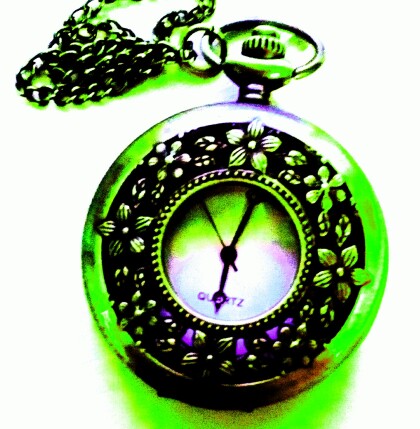
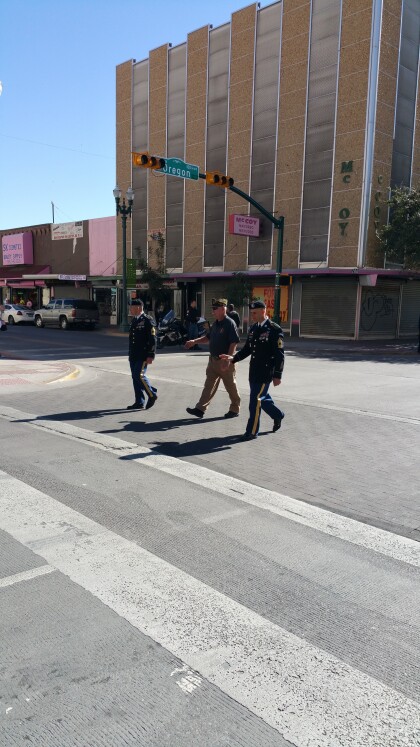
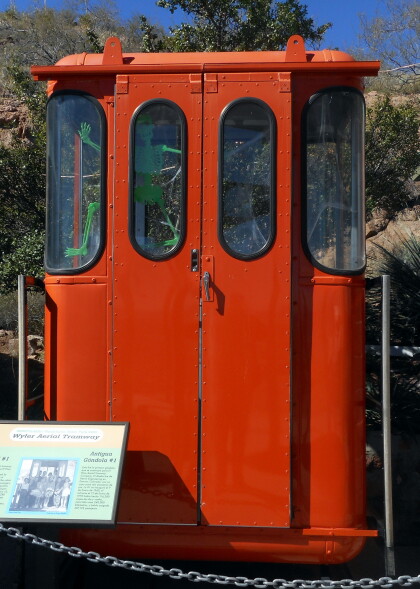
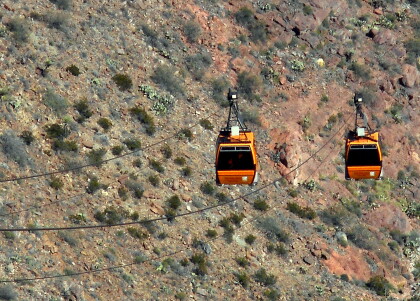

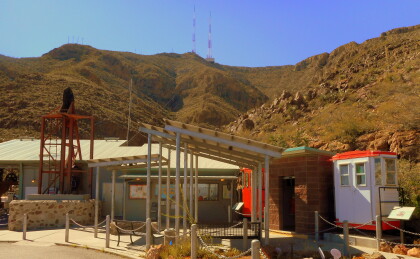

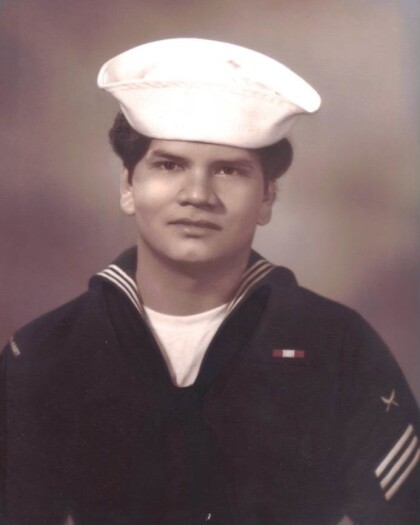


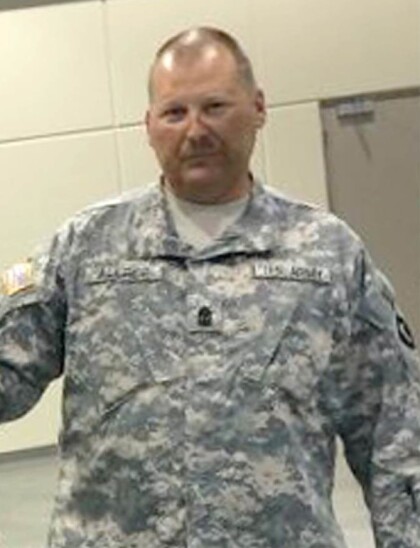
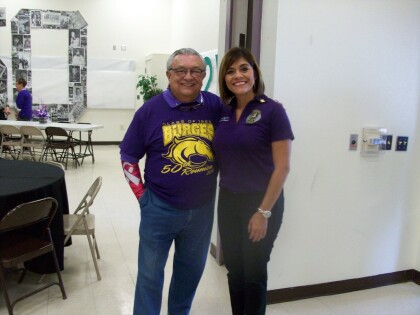


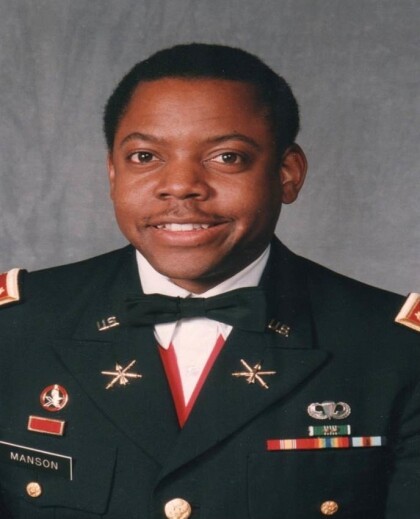


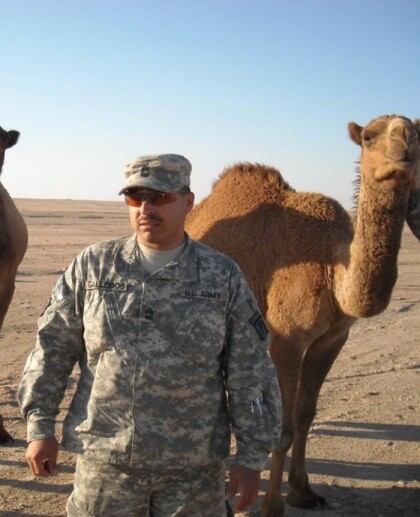
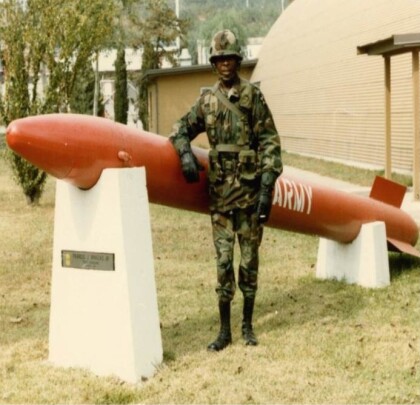
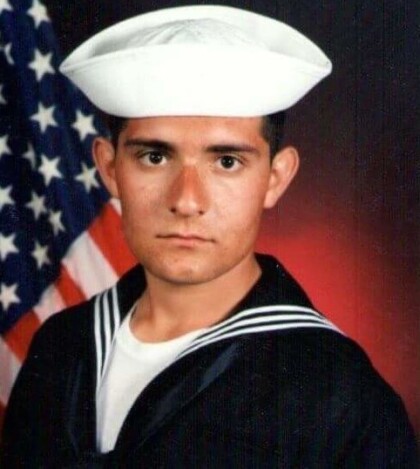
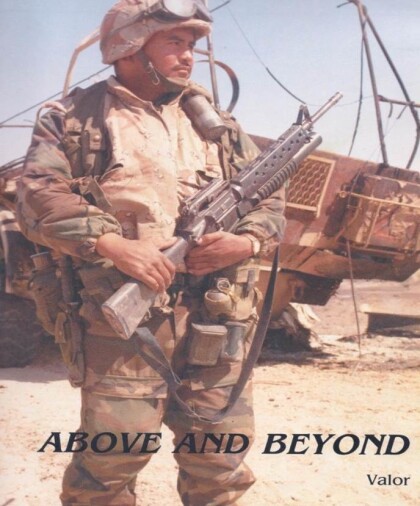

Comentarios
Hacer un comentario